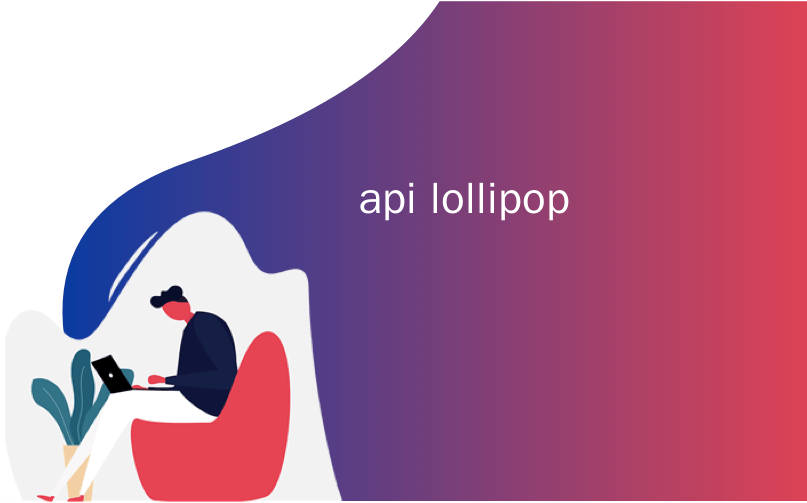
api lollipop
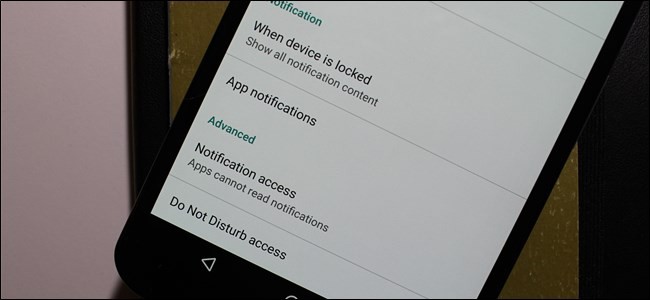
Android has always done notifications consistently well over its various iterations. In Android Lollipop and Marshmallow, notifications have gotten even better, giving users specific, granular control over notifications for every application installed on your device.
Android在各种迭代过程中始终能够始终如一地完成通知。 在Android Lollipop和Marshmallow中,通知变得更加出色,为用户提供了对设备上安装的每个应用程序的通知的特定,细粒度控制。
While this post focuses specifically on Lollipop (Android 5.x) and Marshmallow (Android 6.x), Nougat (Android 7.x) takes notification control even further. For a detailed look at how to better control notifications in Nougat, head over here.
虽然这篇文章专门针对Lollipop(Android 5.x)和Marshmallow(Android 6.x),但Nougat(Android 7.x)使通知控制更进一步。 有关如何更好地控制Nougat中的通知的详细信息,请转到此处 。
从锁定屏幕管理通知 (Manage Notifications from the Lock Screen)
Starting with Lollipop, notifications are still accessible from the status bar, but they’ve also moved front-and-center to the lock screen. You can double-tap on a specific notification to open the app (you’ll have to unlock your device first), or swipe them away from the lock screen just like you would in the old pull-down drawer.
从Lollipop开始,仍然可以从状态栏访问通知,但通知也已从前到中移动到锁定屏幕。 您可以点按两次特定的通知以打开应用程序(必须先解锁设备),或像从旧的下拉式抽屉中那样将其从锁定屏幕上滑开。
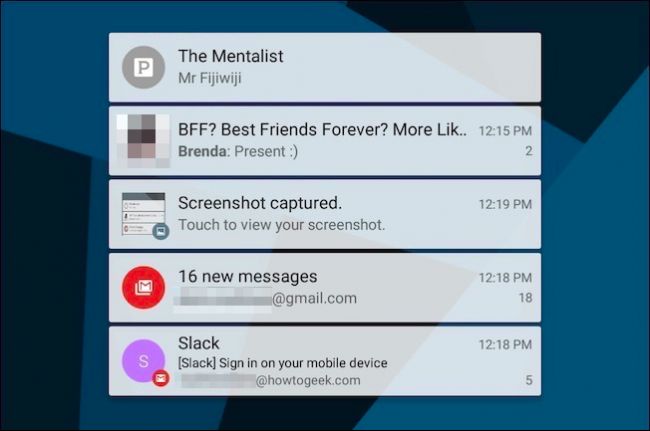
You can also expand your notifications by pressing and pulling down. In some apps, this will give you a more detailed look at the notification, while others (like music or video apps) will give you playback controls.
您还可以通过按下和下拉来扩展通知。 在某些应用程序中,这将使您更详细地了解通知,而其他应用程序(如音乐或视频应用程序)将为您提供播放控件。
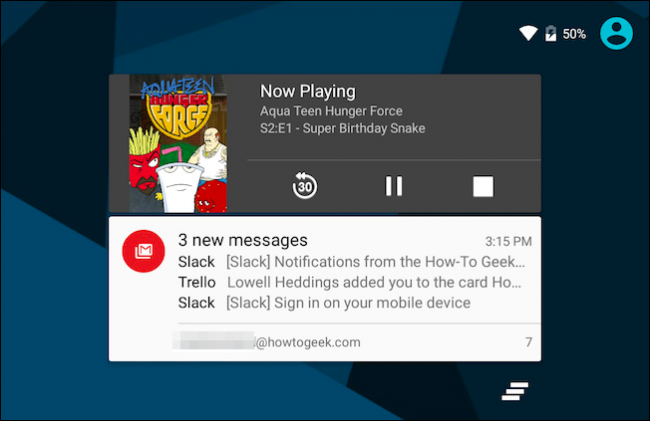
Tapping the bottom-right “clear notifications” button still makes everything go away.
轻击右下角的“清除通知”按钮仍然可以消除一切。
通过Android的设置自定义通知 (Customize Notifications from Android’s Settings)
Aside from this new functionality, Lollipop incorporated some really solid, new notifications options. If you swipe down from the status bar, then press the gear icon at the top, you can quickly open general settings.
除了此新功能外,Lollipop还包含了一些非常可靠的新通知选项。 如果从状态栏向下滑动,然后按顶部的齿轮图标,则可以快速打开常规设置。
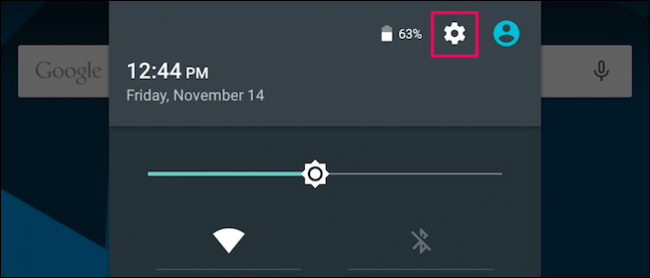
When the settings open, tap “Sound & notification.”
设置打开后,点击“声音和通知”。
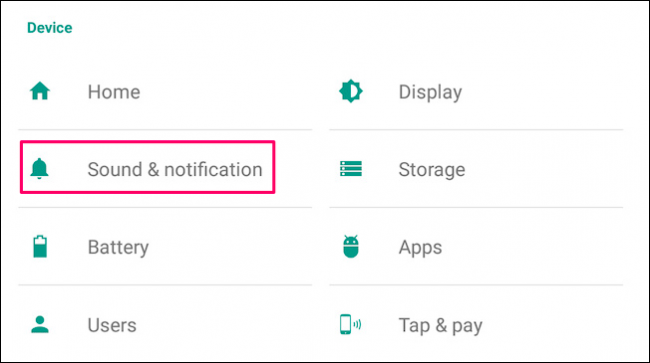
The resulting page has four options under the “Notification” heading. The Pulse Notification Light setting is self-explanatory: it will flash an LED light on your phone whenever you have a notification. In addition, you don’t need to worry about Notification Access settings–an app will prompt you if it ever needs them.
结果页面在“通知”标题下有四个选项。 脉冲通知灯设置是不言自明的:每当收到通知时,手机上的LED灯就会闪烁。 此外,您无需担心Notification Access设置-应用程序会在需要时提示您。
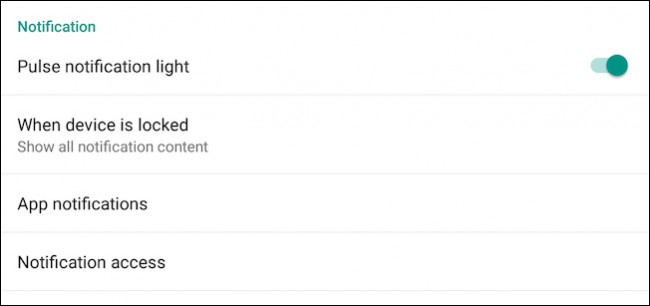
If you tap on “When device is locked,” however, you see three options. By default, both Lollipop and Marshmallow will show all notification content on your lock screen.
但是,如果点击“设备锁定时”,则会看到三个选项。 默认情况下,棒棒糖和棉花糖都将在锁定屏幕上显示所有通知内容。
You can completely disable lock screen notifications by tapping “Don’t show notifications at all.” This lets you restore a bit of privacy from technology’s creep–no one can see your emails and text messages just by looking at your lock screen.
您可以通过点击“完全不显示通知”来完全禁用锁定屏幕通知。 这样一来,您就可以从技术的缓慢发展中恢复一点隐私-没有人仅通过查看锁定屏幕就可以看到您的电子邮件和短信。
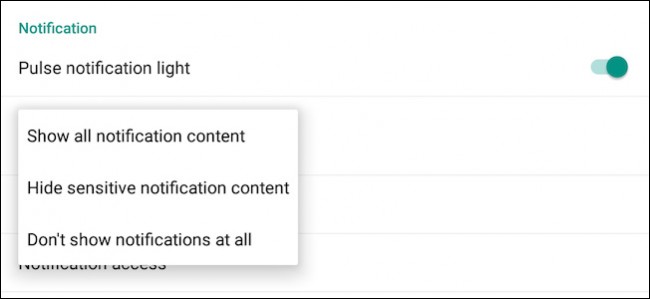
Tap “Hide sensitive notification content” and you will no longer be able to see what’s playing on Pandora, what people are saying in instant messages and texts, who is sending you e-mail, and more. It’s a transparent privacy feature, allowing the device to notify you of things that need your attention without revealing what it says or who wrote it.
点击“隐藏敏感的通知内容”,您将不再能够看到Pandora上正在播放的内容,人们在即时消息和文本中所说的内容,向您发送电子邮件的对象等等。 这是一种透明的隐私功能,允许设备在不泄露其内容或撰写者的情况下通知您需要注意的事项。
For reference, here’s a normal set of lock screen notifications:
作为参考,这是一组正常的锁屏通知:

…and here are those same notifications with “Hide Sensitive Notification Content” turned on:
…以下是那些启用“隐藏敏感通知内容”的通知:
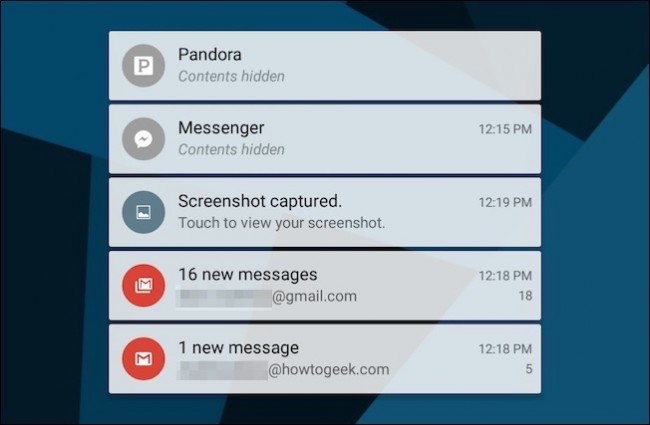
依应用程式关闭通知 (Turn Off Notifications, App by App)
If an app is regularly sending notifications you don’t want to see, head to that app’s settings and see if there’s an option to turn them off. This is, usually, the best way to stop an app from sending you notifications.
如果某个应用定期发送您不希望看到的通知,请转到该应用的设置,然后查看是否有将其关闭的选项。 通常,这是阻止应用程序向您发送通知的最佳方法。
Unfortunately, some applications are insistent about getting your attention. Facebook Messenger’s notifications, for example, can’t be turned off–they can only be muted for up to 24 hours.
不幸的是,某些应用程序坚持要引起您的注意。 例如,无法关闭Facebook Messenger的通知-最多只能将其静音24小时。
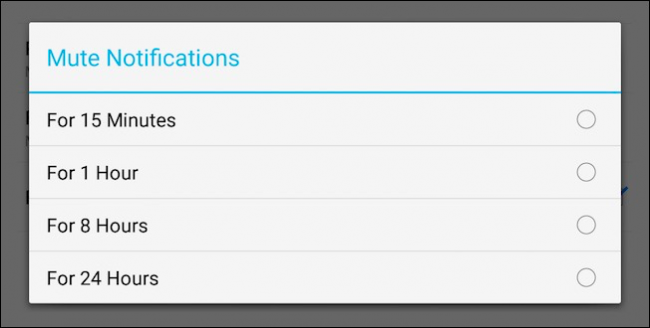
Android Lollipop brought a little sanity and reassurance into this field by introducing the ability to block notifications from any app. This setting is also available on Marshmallow.
Android Lollipop通过引入阻止任何应用程序通知的功能,为该领域带来了一些理智和保证。 棉花糖上也可以使用此设置。
When you tap “App notifications” on the Notification Settings screen, you are presented with a scrollable list of all your installed applications. If we scroll to the aforementioned Messenger app, we can show you how this works. It’s worth mentioning that while Lollipop breaks the list up into alphabetic sections, Marshmallow eliminates the subheads in lieu of a simple alphabetized list.
当您在“通知设置”屏幕上点击“应用程序通知”时,将显示所有已安装应用程序的滚动列表。 如果我们滚动到上述Messenger应用程序,我们可以向您展示其工作原理。 值得一提的是,虽然Lollipop将列表分为字母顺序,但棉花糖消除了副标题,代替了简单的字母顺序列表。
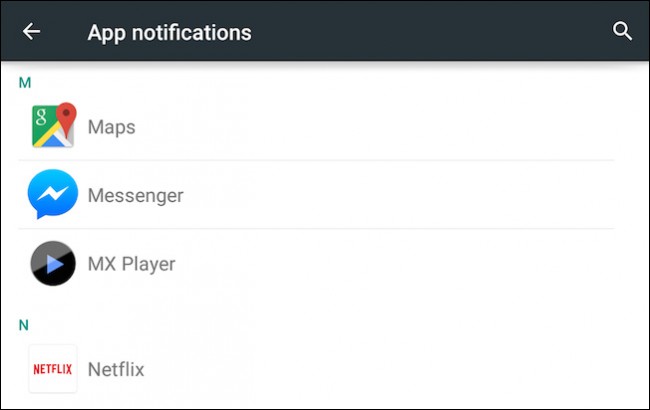
You can make fine-tuned adjustments on how an app bugs you. You can completely block notifications, so it exists on our device without constantly reminding you of that fact. And, you’re also able to mark these notifications as “sensitive” and/or “priority.”
您可以对应用程序如何打扰您进行微调。 您可以完全阻止通知,因此该通知存在于我们的设备上,而不会不断提醒您该事实。 而且,您还可以将这些通知标记为“敏感”和/或“优先”。
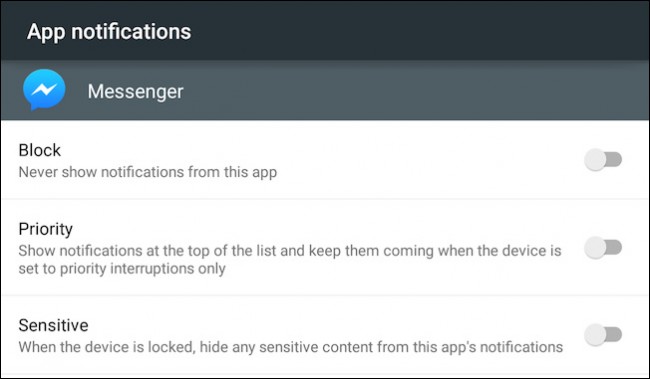
Sensitivity settings let us force some apps to hide their content on the lock screen, so if you actually want to see who is e-mailing, you can, but if you don’t want to see text or Messenger previews, you can specifically assign them to hide their content.
敏感度设置使我们可以强制某些应用在锁定屏幕上隐藏其内容,因此,如果您确实想查看谁在发送电子邮件,则可以,但是如果您不想查看文本或Messenger预览,则可以专门分配他们隐藏自己的内容。
Priority interruptions pertain to what applications can notify you when Do Not Disturb is on. If an app is marked as priority, it’ll come through if you have Do Not Disturb set to “Priority Only”.
优先中断与启用“请勿打扰”时哪些应用程序可以通知您有关 。 如果将某个应用标记为优先,则将“请勿打扰”设置为“仅优先”即可通过。
In Marshmallow, this section also includes an option to “Allow peeking.” This feature was introduced in Android 6.0 and allows a notification to pop up on top of other apps so you can quickly check it without leaving the foreground applications.
在棉花糖中,此部分还包括“允许偷看”的选项。 此功能是Android 6.0中引入的,它允许在其他应用程序顶部弹出通知,因此您可以快速检查它,而无需离开前台应用程序。
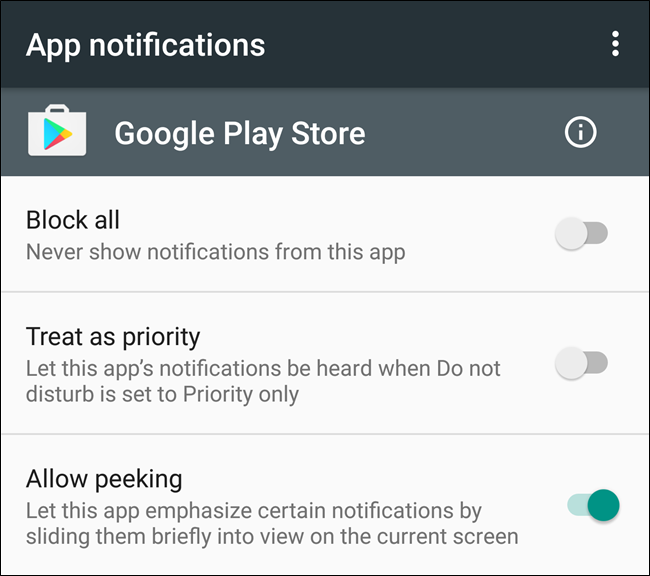
Finally, some apps may have a settings gear in the upper-right corner of its App Notifications window. This will take you to the notification settings within that app.
最后,某些应用程序的“应用程序通知”窗口的右上角可能有一个设置齿轮。 这将带您进入该应用程序中的通知设置。

棉花糖的王牌 (Marshmallow’s Ace in the Hole)
Marshmallow also has one trick up its sleeve that you won’t find on Lollipop when it comes to notifications.
棉花糖还有一个技巧,在通知方面您不会在Lollipop上找到。

When you get an annoying or otherwise bothersome app and need to silence it quickly, just long-press it and tap the “i” bubble. Boom: you’re immediately taken to that app’s notification settings, where you can block it for good.
当您得到一个烦人的或烦人的应用程序并且需要快速使其静音时,只需长按它并点按“ i”气泡即可。 繁荣:您会立即进入该应用的通知设置,可以永久阻止该应用。
Android’s current notification settings add a great deal of flexibility over the way it alerts you across the entire system. You no longer have to open each app and then open its preferences for notification settings. You can still do that, but Lollipop’s inclusion of app notification settings means that you have systematic control over everything.
Android当前的通知设置在整个系统上向您发出警报的方式上增加了很大的灵活性。 您不再需要打开每个应用程序,然后打开其通知设置首选项。 您仍然可以这样做,但是Lollipop包含应用程序通知设置,意味着您可以对所有内容进行系统控制。
翻译自: https://www.howtogeek.com/202404/how-to-tame-notifications-in-android-5.0/
api lollipop





















 131
131

 被折叠的 条评论
为什么被折叠?
被折叠的 条评论
为什么被折叠?








